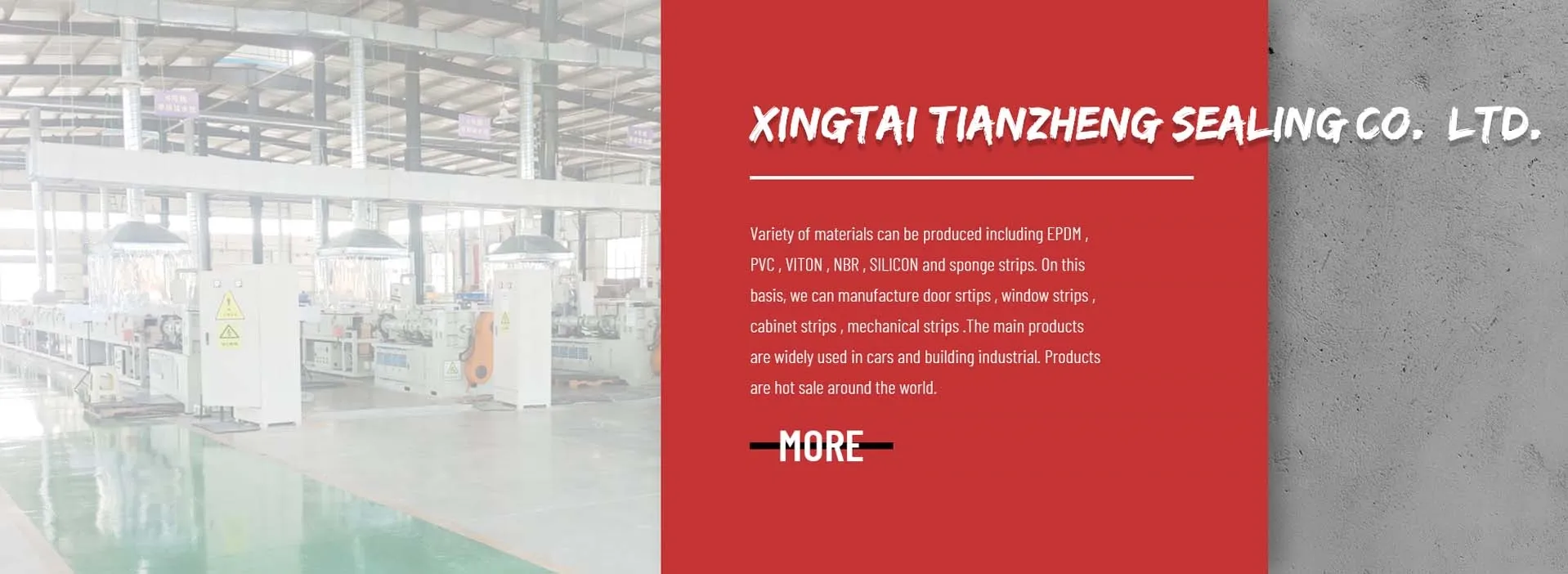The working principle of a gas pressure regulating valve involves a mechanical mechanism that senses the outlet pressure and adjusts the flow of gas accordingly. Typically, these valves consist of a diaphragm, spring, and an adjustable set-point. When gas enters the valve at a higher pressure, the diaphragm moves in response to the pressure differential. If the outlet pressure exceeds the preset level, the diaphragm closes, restricting gas flow. Conversely, if the outlet pressure drops below the desired level, the diaphragm opens, allowing more gas to flow through.










